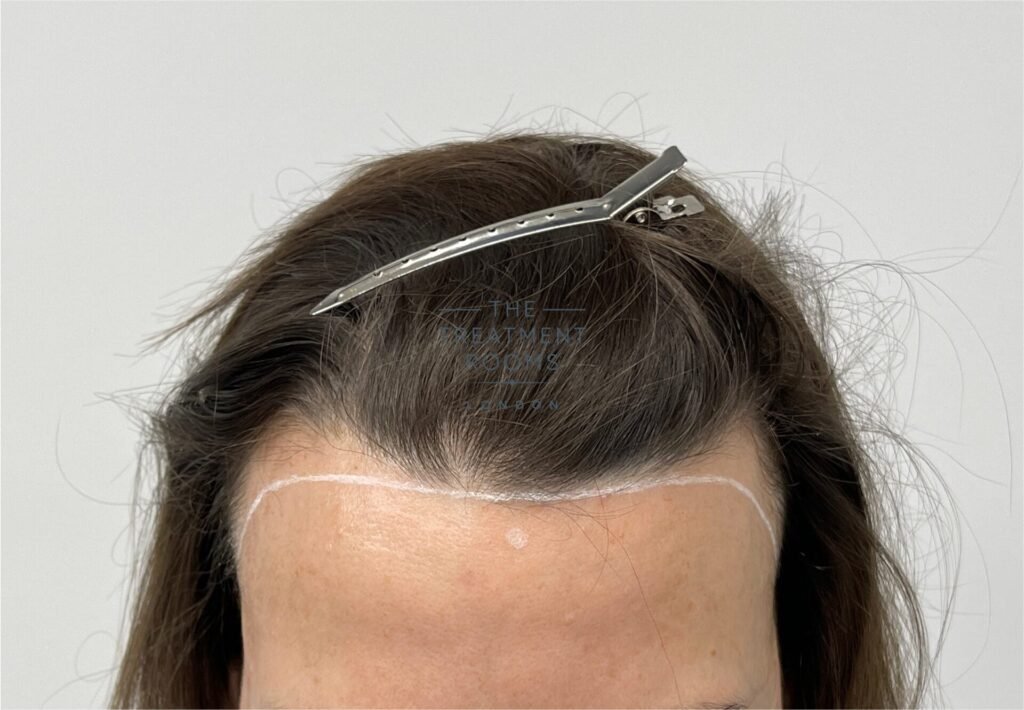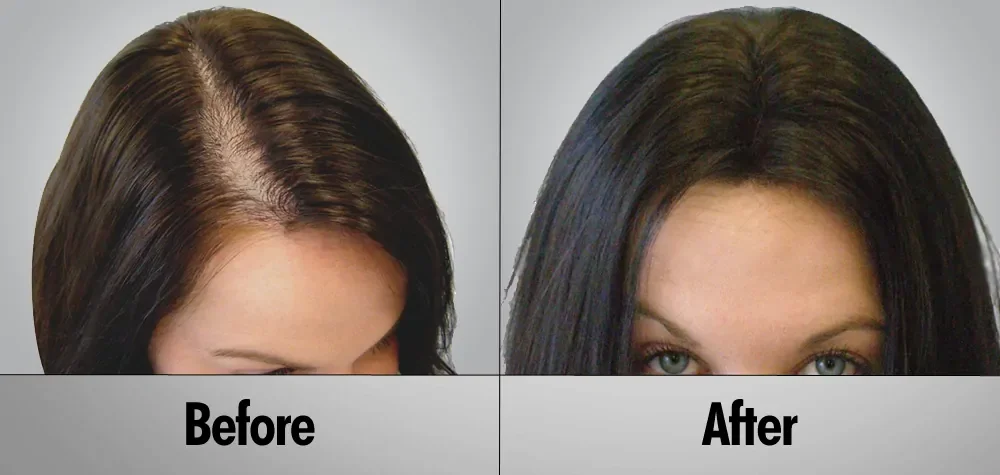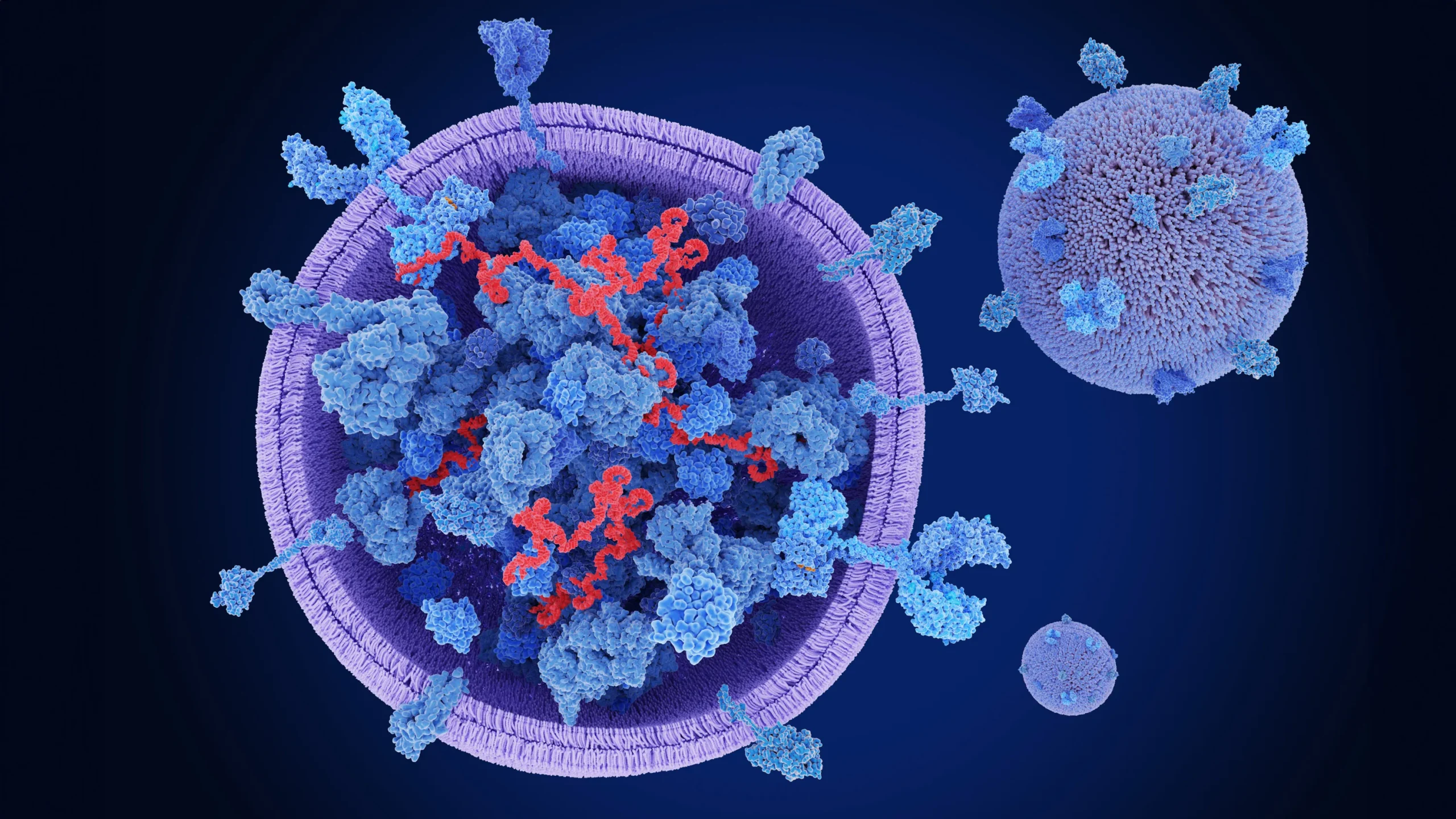Summary Hairline thinning is a common issue among women, impacting both their confidence and overall appearance. In this guide, we explore everything you need to know about hair transplant for hairline females, including the procedure, benefits, recovery, and what to expect during the process. We also compare different transplant methods and provide expert insights on …
Summary
Hairline thinning is a common issue among women, impacting both their confidence and overall appearance. In this guide, we explore everything you need to know about hair transplant for hairline females, including the procedure, benefits, recovery, and what to expect during the process. We also compare different transplant methods and provide expert insights on achieving the best results. By the end of this article, you will have a clear understanding of how hair transplants can restore your natural hairline with lasting results.

Table of Contents
Introduction
Many women experience hairline thinning, which can be a source of distress and reduced confidence. If you’re considering a solution, a hair transplant for hairline females could be the key to restoring your youthful appearance and boosting your self-esteem. In this article, we’ll take you through the process, the benefits, and what to expect with a female hairline transplant. From initial consultation to full recovery, we’ll guide you through each step, so you can make an informed decision about this life-changing procedure.
What is Hair Transplant for Hairline Females?
Understanding the Procedure and Its Benefits
A hair transplant for hairline females is a procedure where hair follicles are moved from one part of the scalp (typically the back or sides) to the thinning or receding areas along the hairline. This treatment helps restore a natural, youthful hairline and addresses the thinning that often comes with age, hormonal changes, or genetics.
The two most common methods used for hairline restoration in females are:
- Follicular Unit Extraction (FUE): In this method, individual hair follicles are extracted and transplanted to the hairline. FUE is minimally invasive and leaves no linear scars.
- Follicular Unit Transplantation (FUT): This method involves removing a strip of skin from the donor area and dividing it into individual follicles for transplant. While it involves a linear scar, FUT is ideal for patients requiring larger grafts.
Both methods are highly effective, but FUE is often preferred by females because of its minimally invasive nature and quicker recovery time.
How a Hair Transplant Can Improve Your Confidence
A fuller, well-defined hairline can dramatically enhance your appearance, giving you a more youthful and balanced look. A hair transplant for hairline females can boost confidence, especially if thinning or receding hair has been affecting your self-esteem. Restoring your natural hairline is a long-term solution that offers lasting results, without the need for ongoing treatments like gels or sprays.
Why Do Women Experience Hairline Recession?
Common Causes of Hairline Thinning in Females
Female hairline recession can happen for a variety of reasons, including:
- Genetics: Just like men, some women are genetically predisposed to hair thinning and receding hairlines.
- Hormonal Changes: Pregnancy, menopause, and thyroid imbalances can all contribute to hair thinning and loss along the hairline.
- Aging: As women age, hair follicles naturally shrink, leading to finer and thinner hair.
- Stress and Lifestyle Factors: Chronic stress, poor diet, and insufficient sleep can exacerbate hair thinning.
Understanding the cause of your hairline thinning is essential for determining the best course of treatment. In many cases, a hair transplant is the most effective way to restore a natural hairline and address the underlying issue.
Other Contributing Factors to Female Hairline Recession
- Environmental Factors: Pollution and harmful hair treatments can weaken hair, causing it to break and thin over time.
- Over-styling: Tight hairstyles or frequent use of hot styling tools can stress the hair and cause it to thin, particularly along the hairline.
How Does a Hair Transplant Work for Women?

Step-by-Step Overview of the Hair Transplant Procedure
The process begins with a consultation with your surgeon, where the donor area (where the healthiest hair follicles are located) and recipient area (where the hairline is thinning) are determined. Once a plan is in place, the transplant procedure can begin.
- Preparation: The surgeon will cleanse the scalp and apply local anesthesia to ensure you feel no discomfort during the procedure.
- Extraction of Follicles: In FUE, individual hair follicles are extracted using a specialized tool. In FUT, a strip of tissue is removed and dissected into follicular units.
- Placement of Grafts: The surgeon will then carefully implant the harvested follicles along the hairline to restore a natural and even hairline.
FUE vs. FUT for Female Hairline Restoration
- FUE is the preferred method for most females because of its precision and minimal downtime. It is ideal for those who want no visible scarring.
- FUT may be suitable for women needing a larger number of grafts and who don’t mind the linear scar left behind.
The right technique for you depends on your specific hair needs, preferences, and the advice of your surgeon.
Benefits of Hair Transplant for Hairline Females
Permanent and Natural Results
One of the biggest benefits of hair transplant for hairline females is the permanent, natural results it offers. Once transplanted, the hair grows like natural hair, and you can style it just as you would your regular hair. The procedure provides a long-term solution without the need for daily applications or touch-ups.
Minimal Scarring and Quick Recovery
With FUE, the scarring is minimal, making it an excellent choice for women who want to avoid visible scars. The recovery time is also shorter compared to FUT, and most women can return to their normal activities within a few days.
Restoring a Feminine and Balanced Hairline
A well-done hair transplant creates a hairline that suits your natural face shape. The result is a more balanced and youthful appearance, giving you back your full confidence.
What to Expect During Your Hair Transplant Recovery
Immediate Post-Procedure Care
After the procedure, your scalp may be slightly sore, but the discomfort is usually manageable with over-the-counter pain relievers. You’ll be given specific instructions to ensure the best healing environment for your hair follicles.
- Keep the scalp clean: Gentle washing and avoiding direct sunlight will help prevent infection.
- Avoid scratching: The transplanted area might scab over, but it’s important to avoid touching or scratching it.
Full Recovery Timeline for Hair Transplants in Females
You may see initial shedding within the first month as the transplanted follicles settle into their new locations. By the 3-6 month mark, you’ll begin noticing new hair growth, with fuller results appearing between 9-12 months.
Expert Tips for Hairline Recovery and Maintenance
Daily Hair Care Routine After a Hair Transplant
After your transplant, it’s essential to follow a proper hair care routine to support hair regrowth and avoid any complications:
- Use gentle, sulfate-free shampoos.
- Apply a soothing scalp serum (like those from CheveuxIntl) to nourish the follicles.
- Avoid tight hairstyles or excessive heat treatments.
Nutritional Considerations for Hair Growth
A balanced diet rich in vitamins like Biotin, Zinc, and Vitamin E helps support hair growth. Consider incorporating these nutrients into your diet to maximize your transplant’s results.
When Can You Exercise Again After a Hair Transplant?
It’s recommended to avoid strenuous physical activity for at least 2 weeks post-transplant. After that, light exercise is allowed, but be cautious about sweating, which could irritate the scalp and disrupt healing.
How to Choose the Right Clinic for Hair Transplant for Hairline Females?
Key Factors to Consider When Selecting a Hair Transplant Clinic
- Surgeon’s Experience: Look for a clinic with surgeons who specialize in female hairline restoration.
- Before-and-After Photos: Review patient results to ensure they align with your expectations.
- Consultation: The clinic should offer a thorough consultation where they explain the procedure, risks, and aftercare.
Questions to Ask During Your Consultation
- What’s the success rate of the procedure?
- How many grafts will be needed for my specific case?
- What’s the expected recovery time, and are there any risks?
FAQs
How Long Does It Take to See Full Results from a Hair Transplant?
Full results are typically visible after 9-12 months.
Is the Procedure Painful, and How Long Is the Recovery?
Most patients experience minimal pain, with recovery taking around 7-10 days for the initial healing.
Will I Need More than One Hair Transplant Session?
In most cases, one session is sufficient, but if you have extensive hair loss, a second session may be recommended.
Conclusion
A hair transplant for hairline females is a permanent solution to restore your natural, youthful hairline. With minimal scarring, a quick recovery time, and long-lasting results, it’s an excellent option for women who want to improve their hair’s appearance and their confidence.
Call To Action:
Book a consultation with Dr. Uzma Irfan Today to restore your hairline and confidence with a customized hair transplant solution!
Talk to Our Experts at CheveuxIntl Today for Your Hair Restoration Journey!






